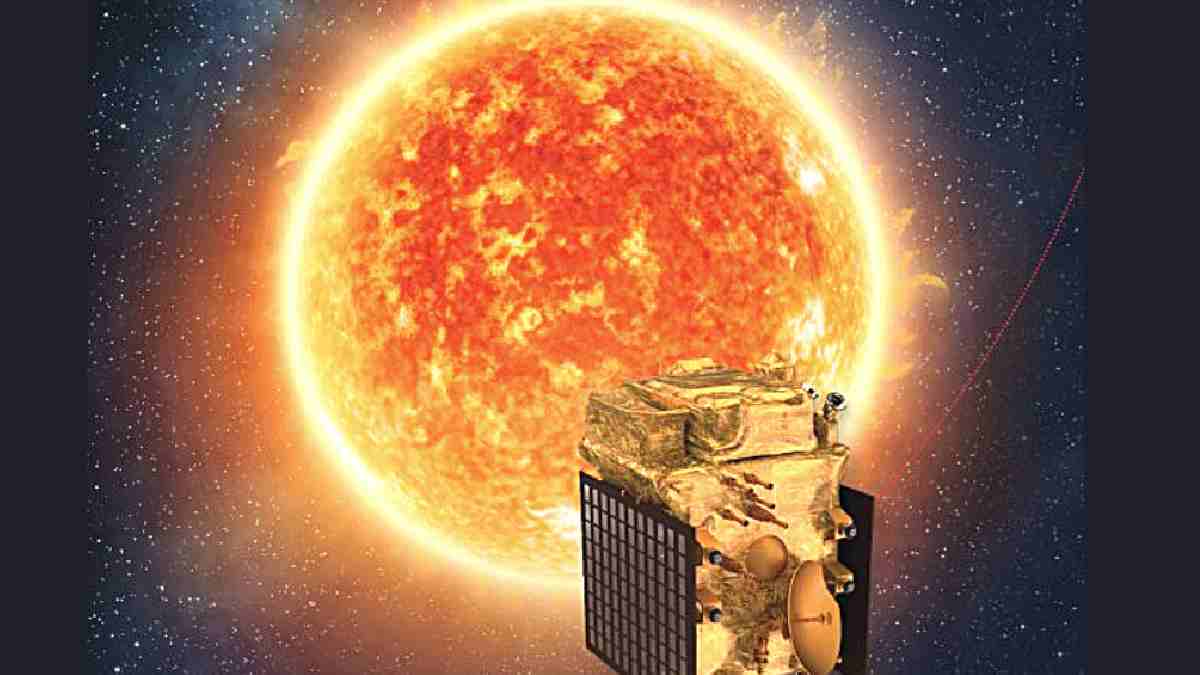New Delhi: After India scripted history by successful Chandrayaan-3 mission, the Indian Space Research Organisation (ISRO) will launch Aditya-L1 spacecraft at 11:50 a.m.
on September 2.
The agency has completed the integration of the Aditya-L1 spacecraft – India’s first solar observation mission – with its capable launch vehicle, PSLV, at Sriharikota, reported the TOI.
Space Center Director Vikram Sarabhai S Unnikrishnan Nair informed that the ISRO has entered the final stage of launch preparations after the integration was completed.
The spacecraft built at the UR Rao Satellite Center (URSC), Bangalore, arrived at the Sriharikota spaceport on August 14. Aditya-L1 is India’s first space observation-grade solar mission to study the Sun.
The Solar Survey mission will be India’s fifth major mission after the Mangalyaan program and three lunar missions. ISRO has completed the integration of the Aditya-L1 spacecraft with the high-performance launch vehicle, PSLV (C57).
The spacecraft will travel to Lagrangian point 1, between the Sun and Earth, 1.5 million kilometers from our planet. A satellite placed in a halo orbit around the point L1 has the advantage of being able to observe the Sun continuously without occlusion or eclipse, which is not possible from Earth.
Key Objectives Of Aditya L1
- Explore the heat of the corona and the acceleration of the solar wind.
- Understanding coronal mass ejection (CME), pyrotechnics, and near-Earth space weather.
- Understand combined solar and atmosphere dynamics.
- Understand the solar wind distribution and temperature anisotropy.
- The solar disk has been spatially resolved for the first time in the ultraviolet range.
- The dynamics of the CME are close to the solar disk (1.05 radii) and thus provide information about the observed CME acceleration mode consistently.
- Onboard intelligence for CMEs and sun-detecting flares to optimize observations and data volumes.
- Energy anisotropy and orientation of the solar wind using multidimensional observations.










